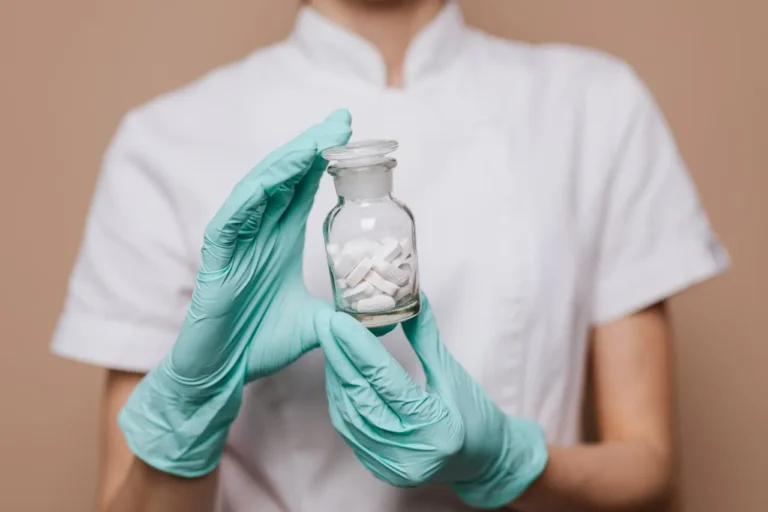
In January 2016, Elisa Glass began feeling fatigued and unsteady. As her symptoms worsened to include severe body aches and weakness reminiscent of painful charley horses, she sought help from her primary care physician. Initially suspected to have Lyme disease due to her symptoms and location in the Northeast, Glass hoped for relief with prescribed treatment. However, by Sunday, she found herself bedridden with a rash spreading across her face, signaling a deeper issue. Unable to move her legs the next morning, she was rushed to the emergency room, where doctors suspected an infectious disease before diagnosing her with dermatomyositis, a rare autoimmune condition attacking her muscles.
Dermatomyositis (DM) is part of a group of conditions known as Idiopathic Inflammatory Myopathies (IIM), where the body’s antibodies target muscles and connective tissue, leading to inflammation and damage. This chronic illness can affect various muscle groups, including those crucial for speech and breathing, presenting a complex challenge for patients and medical professionals alike.
Understanding the nuances of IIM is crucial for accurate diagnosis and effective treatment. Subgroups like DM, Immune-mediated necrotizing myopathy (IMNM), and Anti-synthetase syndrome (ASyS) require specific approaches, as symptoms and severity can vary widely among patients. Despite advances in diagnosis, many individuals with IIM endure years of uncertainty before receiving proper medical attention, emphasizing the need for improved awareness and research.
Organ damage, particularly to the lungs, poses significant risks for IIM patients, highlighting the urgency of early intervention and comprehensive management strategies. While current treatments focus on alleviating inflammation with immunosuppressants and corticosteroids, efforts are underway to develop more targeted therapies that address the root cause of the disease. Additionally, incorporating exercise and supportive therapies can enhance patients’ quality of life and reduce the likelihood of relapse.
As researchers strive to unravel the complexities of IIM, individuals like Glass serve as advocates, offering support and guidance to those navigating similar challenges. Through shared experiences and collective efforts, the rare disease community aims to foster greater understanding and recognition, empowering individuals to reclaim their health and advocate for improved care.




